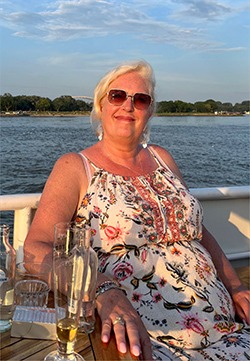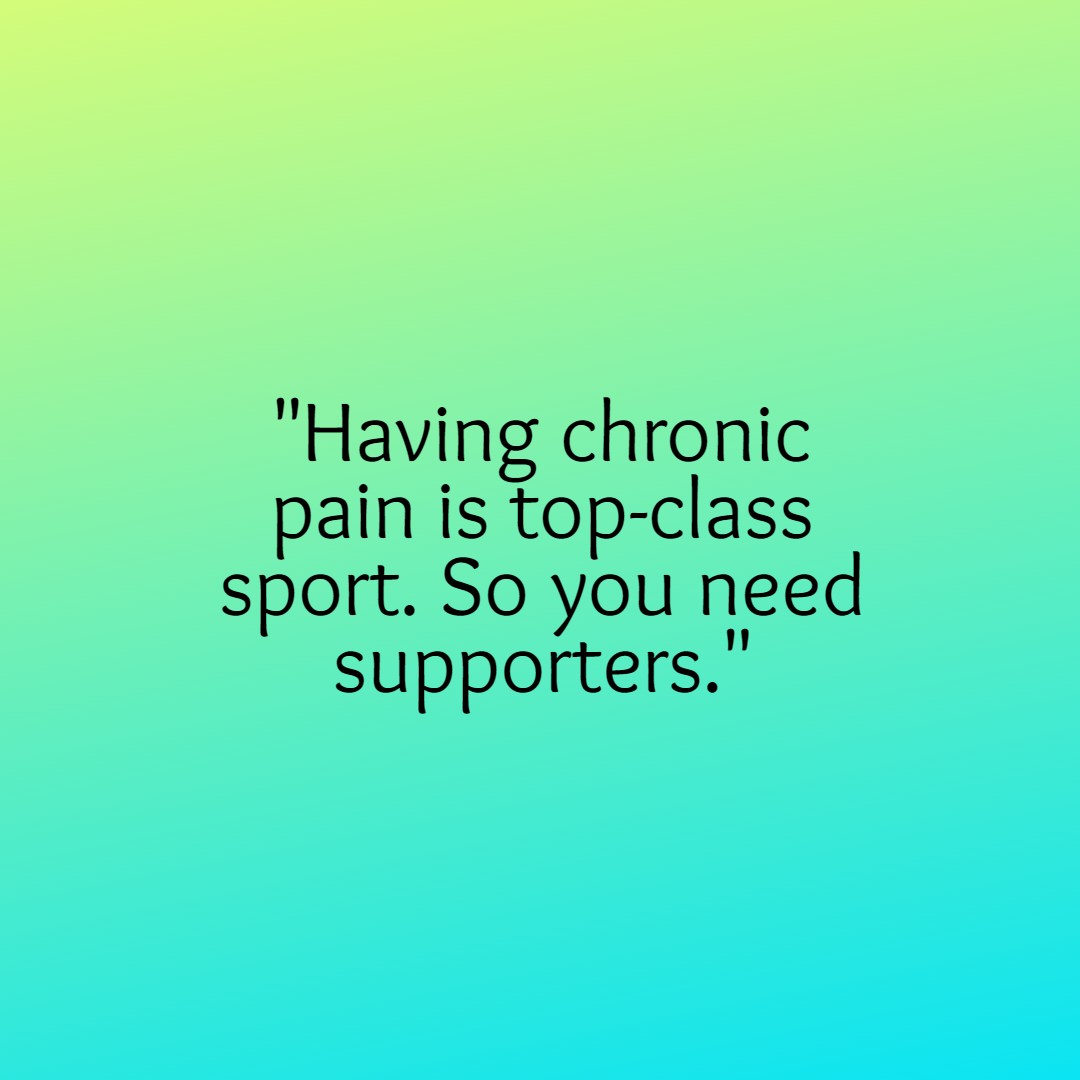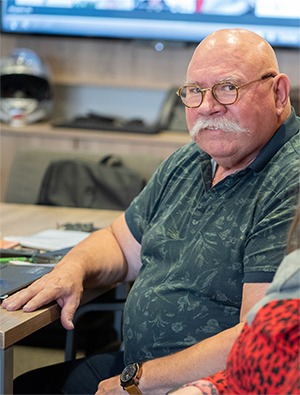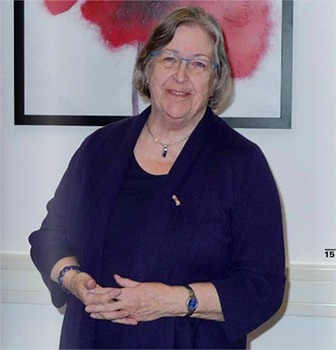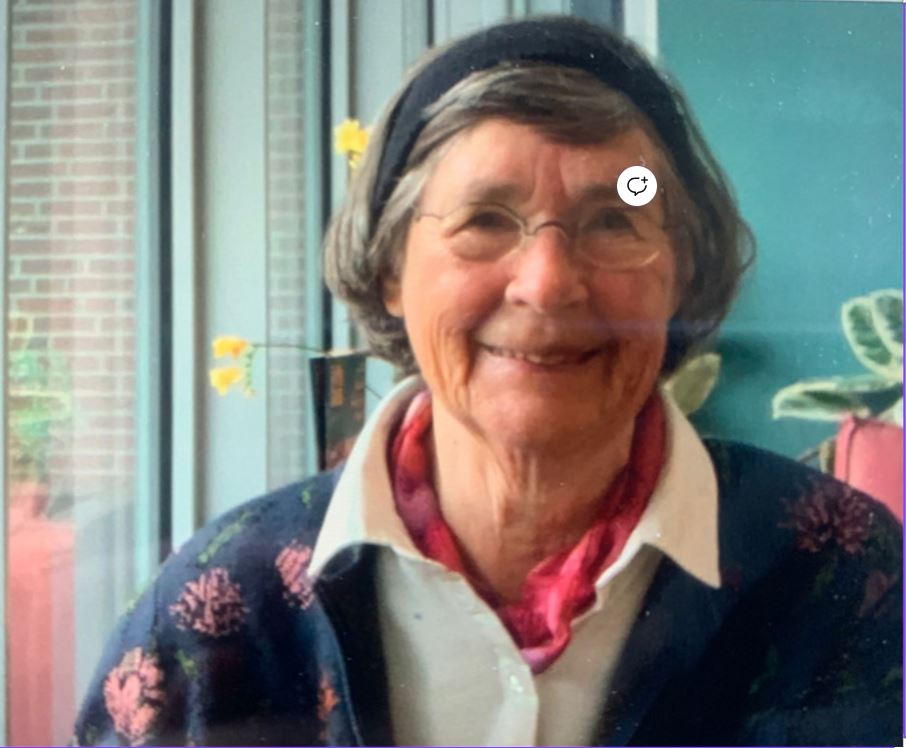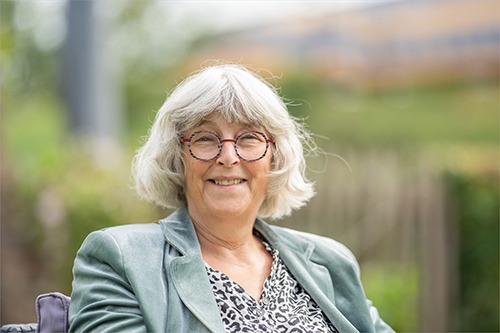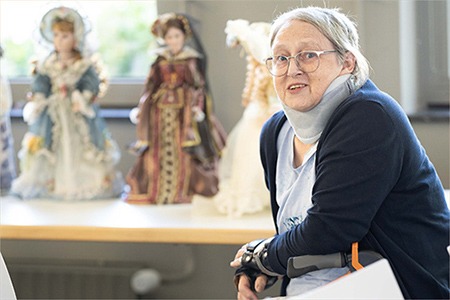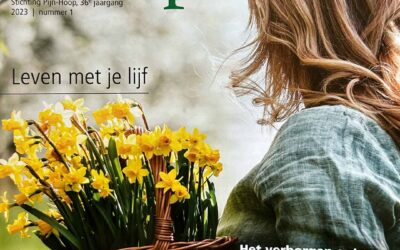In 1997 I almost fell while riding my racing bike. If only I had fallen. But of course you never know. I was left with post-traumatic dystrophy, CRPS, and I believe it is called something else these days. It was a year before I finally knew that. Of course, in the meantime you are constantly looking for what you have. Because you are not in pain, but you are pain, and you want to get rid of it.
Uiteindelijk kwam ik bij de pijnpoli terecht en daar hadden ze een vermoeden en dus stuurde ze me door naar dr. Roos in Leiden. Die heeft uiteindelijk CRPS vastgesteld. Toen ben ik me daar maar in gaan verdiepen, want je krijgt dan een diagnose, maar je hebt geen idee wat het is. Ik ben toen gaan kijken wat het is op internet. Daar schrok ik toen wel van, want je ziet daar natuurlijk meteen de ernstigste gevallen.
An anesthetist in Gouda was then able to help me with my pain in a more targeted manner. I then received manitol treatments. In total I had a three-week treatment five times. Four times that helped somewhat. Not that the pain was gone, but a cushion had been applied, so to speak. The pain was muted. It was more bearable for me.
In the eight years I still had my leg, I went from only being able to walk on my forefoot to being unable to stand or walk on my foot. So I walked with crutches for years, until I finally ended up in a wheelchair. In the first year I had it, I read a message in the newspaper that the Pijn-Hoop Foundation was a walk-in consultancy had. And so I have come to a contact meeting of Pain-Hoop. That helped me so much! Going there made me think a lot more about what should I do and where do I want to go. So I went to a rehabilitation doctor via my GP. I wanted to know what I could still achieve at this stage. When I came to rehabilitation, I learned relaxation exercises. That helped me enormously. Because when you are in pain, you start to tighten or tighten everything and that only makes it worse. Because of my positive nature I have it advice and tips from the Pijn-Hoop Foundation caught much faster than others. After a year I led the group together with Hans. And after another year I joined the framework and became active at a national level.
To finish my story: At one point I was walking to the toilet with crutches and I slipped on an autumn leaf that had blown in and fell on my sore leg. I ended up in the emergency room and they took pictures, but then they couldn't even tell from my bone structure whether it was broken. My bone was also affected by the CRPS and because I no longer used my leg, the leg was also completely fused. And then I was done! There could only be one option and that was amputation. They first wanted to try out a pump for the pain. But through the Pain-Hope Foundation I knew that academic hospitals often have trials and then they have to give so many patient patients a pump and so many patients a pill. Because you talk to each other about the things that happen in hospitals during the contact meetings. And I just knew that wouldn't help me.
Ik had doordat ik bij Pijn-Hoop was veel meer gelezen en was ook bezig met als dit zo blijft en dus niet overgaat, wat wil ik dan met dat been. Want als ze op één of andere manier met een pilletje zouden kunnen zorgen dat ik geen pijn meer zou hebben, zou ik nog steeds niet op dat been kunnen lopen. Dus voor mij was het duidelijk dat er maar één optie was en dat was amputeren. Ik wilde in Groningen geopereerd worden, want ik had uit gezocht waar de beste specialist voor amputatie in verband met CRPS zat. Ik kwam binnen en nog voordat hij me een hand gaf, keek hij naar mijn been en zei: “Dat is geen kwestie van ja of nee” en belde meteen zijn collega om een amputatie in te plannen. Daarna gaf hij me pas een hand. En na een maand is mijn onderbeen in 2005 geamputeerd. En ik kan alles weer: ik loop, ik fiets. Ik kan natuurlijk niet rennen of sporten en mijn fiets is wel wat aangepast. Maar ik doe weer van alles.
At the contact meeting we once talked about fear for the future. My fear was that I wouldn't be able to walk behind my grandchildren's stroller. But I did everything. I have eight grandchildren and, thanks to the amputation, I have been able to walk behind all the strollers. My motto was to go forward and see what I want to do and then see if I could take steps towards that. And so I did, and I still do. I now want to see how I can expand my walking. My pain has changed since the amputation. I was in tremendous pain and could not tolerate anything on my leg. I now suffer mainly from changes in the weather and I have phantom pain. But you actually mainly have that when you think about your leg. So you have to distract yourself and not worry about that. And that works fine. I'm busy with all kinds of things. And I haven't actually taken any painkillers since 2017. I reduced that very, very slowly at my own pace. If I still have pain that persists, I take paracetamol.
I hope that others will find my story useful and can then have a more positive outlook on life. That they realize that it does not mean the end of your life if you have chronic pain. But also that they know that you can learn a lot at Pijn-Hoop. You can learn so much there that you can just move on!
